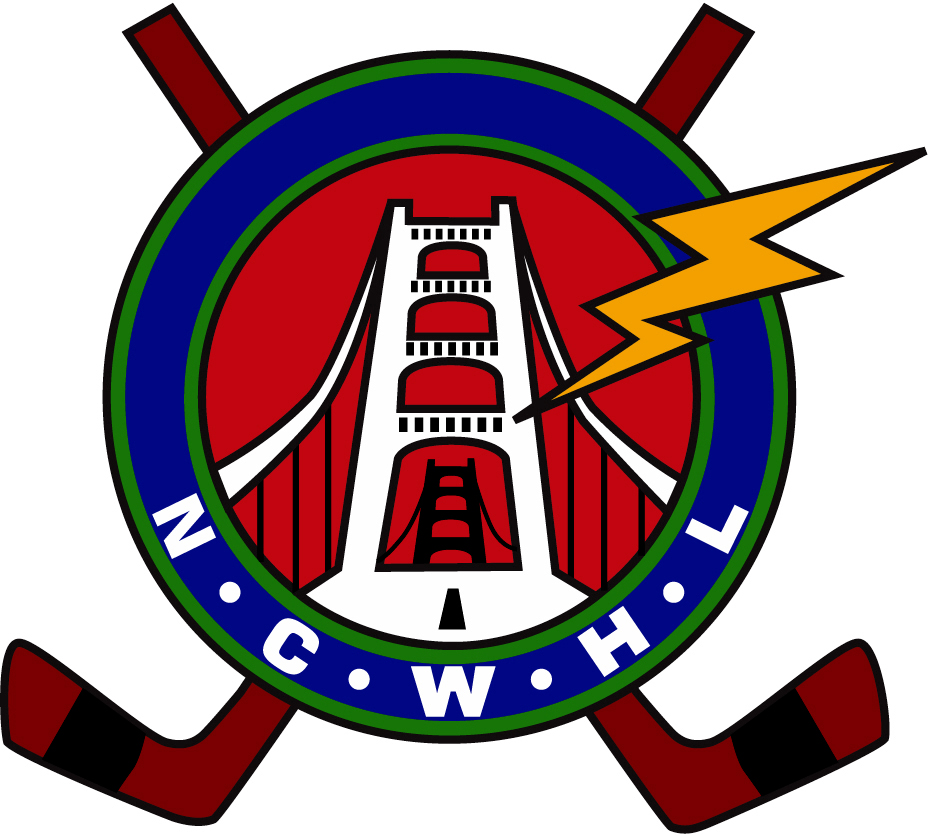NCWHL History
The NCWHL began in the summer of 1993 with skaters recruited from lists of women who had attended scrimmages in the bay area and a Redwood City tournament. That tournament drew four teams, two local and two from Los Angeles. Around that time the California Beaches, a tournament team, was formed but usually played men’s teams. The lack of hockey for women concerned Theresa Green who had moved from Connecticut where she had played with the UCONN ice hockey club team. She wrote personal notes, created a registration form and posted flyers in the local ice rinks. Theresa decided that she could buy ice and uniforms if at least 52 women signed up.
 Theresa’s charter, which guides the league today, was the creation of a recreational league for women of all abilities. To become self-sustaining, the league had to attract and develop new hockey enthusiasts. Give Hockey a Try Day (GHATD) is a traditional event.
Theresa’s charter, which guides the league today, was the creation of a recreational league for women of all abilities. To become self-sustaining, the league had to attract and develop new hockey enthusiasts. Give Hockey a Try Day (GHATD) is a traditional event.
The First Season, 1993
Four teams were formed from 60 skaters, each with three lines: advanced, intermediate and beginner. The beginner lines could not change on the fly; they would start play with a face off and came off the ice when the horn sounded. Games were at Belmont on Sunday nights.
The Following Winter
Sunday afternoon in Fremont was added to the schedule. Experienced and beginner skaters were on separate teams. The beginners alternated between practice sessions and games. The Sharks made the playoffs and inspired more women to consider ice hockey as an activity.
Summer 1994
The number of teams jumped to nine and was separated into the Blue and Red Divisions. Of the 150 skaters, 43 had never played ice hockey before. The first general meeting was held and officers were elected.
Summer 1995
The birth of the Green Division with two teams. Women new to hockey could get more attention, more practices and more coaching. The league was made self-sustaining that season by creating a board of directors and division coordinators.
Summer 2000
The Maroon Division was created to challenge intermediate skaters aiming for the advanced division. Both Red and Maroon Divisions were balanced and competitive.
